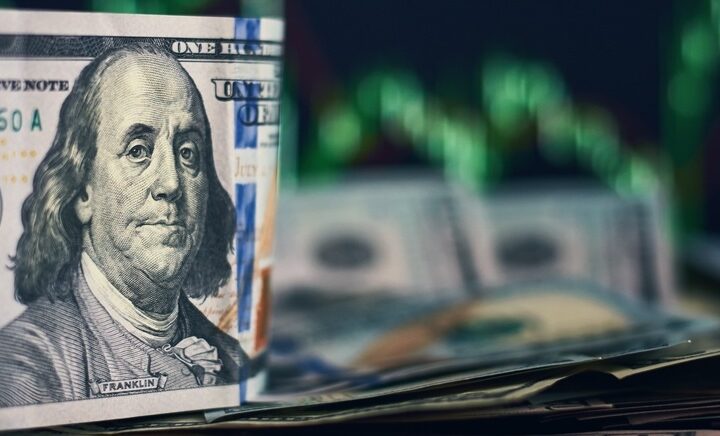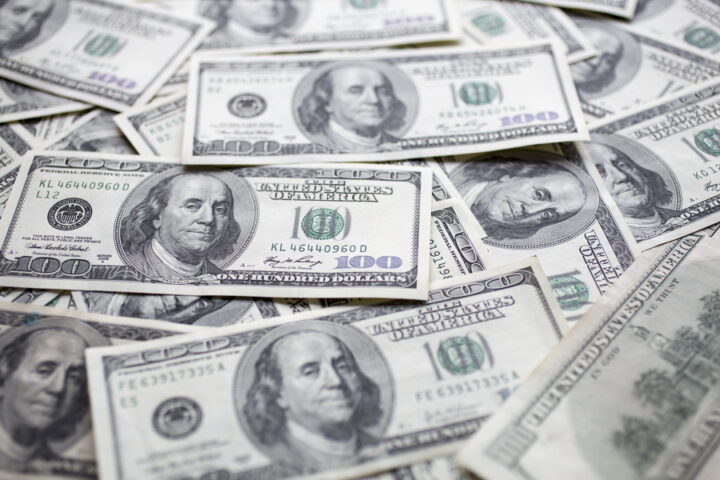Job worries drove July U.S. consumer confidence to its lowest since February, with one in six people expecting lower income in the next six months, underscoring the precarious state of economic recovery.
Home prices rose in May but display no signs of a sustained rebound as long as unemployment flirts with 10% and a record stockpile of foreclosed houses looms over the market, a separate report showed on Tuesday.
Single-family house prices remain 29.1% below peaks four years ago, according to a Standard & Poor's/Case-Shiller index.
The deepest housing crash since the Great Depression dragged the U.S. economy into recession, and is doing little to stimulate broader growth as many economists fret about a possible double-dip recession.
The Conference Board, a New York-based business and economics research group, reported that consumer attitudes worsened this month as did expectations about jobs being hard to get.
"Concerns about business conditions and the labor market are casting a dark cloud over consumers that is not likely to lift until the job market improves," said Lynn Franco, Director of The Conference Board Consumer Research Center.
The group's index of consumer attitudes fell to 50.4 in July from an upwardly revised 54.3 in June, below the median forecast of 51 in a Reuters poll.
The "jobs hard to get" reading, meanwhile, rose to 45.8% from 43.5%.
The tepid consumer data tempered stock market gains. U.S. Treasuries fell in the face of new supply.
"There have been quite a few headwinds — the fiscal stimulus is fading, the European situation certainly did have an impact on consumer confidence and inventories are being brought more into line," said David Sloan, economist at 4Cast Ltd in New York. "But clearly the big problem for consumers is jobs."
U.S. unemployment stood at 9.5% in June, the lowest in nearly a year, but reflected people leaving the workforce rather than a trend toward greater hiring.
New jobless benefits claims, to be reported by the Labor Department on Thursday, are seen dipping to 459,000 in the week ended July 24 from a surprisingly high 464,000 the prior week.
Consumer sentiment fell to a nearly one-year low in July on renewed fears about economic stability, according to the Thomson Reuters/University of Michigan's Surveys of Consumers earlier this month. The final data will be reported on Friday.
U.S. single-family home prices rose more than expected in May, but still reflected robust spring sales spurred by now-expired homebuyer tax credits, the S&P/Case-Shiller home price indexes showed.
May is a strong seasonal period for home sales, and buyers who rushed to sign contracts by the April 30 deadline for up to $8,000 in tax credits have until September 30 to close loans.
Seven of the 20 largest metro areas still reported lower prices than a year ago and most economists predict further single-digit declines before any sustained upturn. A record inventory of foreclosed properties further threatens prices.
The 20-city composite price index in May rose 0.5%, seasonally adjusted, after an upwardly revised 0.6% April gain, topping the 0.2% rise seen in a Reuters poll. The index was 4.6% above last May, S&P said.
Prices jumped 1.3% on an unadjusted basis after a 0.9% April gain and falls in the six prior months.
Sales of new homes in June, reported on Monday, surged 23.6% but remained at the second-lowest level since the Commerce Department started keeping records in 1963.
The government is expected to report on Friday that gross domestic product growth slowed to a 2.5% annual rate in the second quarter from a 2.7% pace in the first.
What Are Cookies
As is common practice with almost all professional websites, our site uses cookies, which are tiny files that are downloaded to your device, to improve your experience.
This document describes what information they gather, how we use it and why we sometimes need to store these cookies. We will also share how you can prevent these cookies from being stored however this may downgrade or ‘break’ certain elements of the sites functionality.
How We Use Cookies
We use cookies for a variety of reasons detailed below. Unfortunately, in most cases there are no industry standard options for disabling cookies without completely disabling the functionality and features they add to the site. It is recommended that you leave on all cookies if you are not sure whether you need them or not, in case they are used to provide a service that you use.
The types of cookies used on this website can be classified into one of three categories:
- Strictly Necessary Cookies. These are essential in order to enable you to use certain features of the website, such as submitting forms on the website.
- Functionality Cookies.These are used to allow the website to remember choices you make (such as your language) and provide enhanced features to improve your web experience.
- Analytical / Navigation Cookies. These cookies enable the site to function correctly and are used to gather information about how visitors use the site. This information is used to compile reports and help us to improve the site. Cookies gather information in anonymous form, including the number of visitors to the site, where visitors came from and the pages they viewed.
Disabling Cookies
You can prevent the setting of cookies by adjusting the settings on your browser (see your browser’s “Help” option on how to do this). Be aware that disabling cookies may affect the functionality of this and many other websites that you visit. Therefore, it is recommended that you do not disable cookies.
Third Party Cookies
In some special cases we also use cookies provided by trusted third parties. Our site uses [Google Analytics] which is one of the most widespread and trusted analytics solutions on the web for helping us to understand how you use the site and ways that we can improve your experience. These cookies may track things such as how long you spend on the site and the pages that you visit so that we can continue to produce engaging content. For more information on Google Analytics cookies, see the official Google Analytics page.
Google Analytics
Google Analytics is Google’s analytics tool that helps our website to understand how visitors engage with their properties. It may use a set of cookies to collect information and report website usage statistics without personally identifying individual visitors to Google. The main cookie used by Google Analytics is the ‘__ga’ cookie.
In addition to reporting website usage statistics, Google Analytics can also be used, together with some of the advertising cookies, to help show more relevant ads on Google properties (like Google Search) and across the web and to measure interactions with the ads Google shows.
Learn more about Analytics cookies and privacy information.
Use of IP Addresses. An IP address is a numeric code that identifies your device on the Internet. We might use your IP address and browser type to help analyze usage patterns and diagnose problems on this website and to improve the service we offer to you. But without additional information your IP address does not identify you as an individual.
Your Choice. When you accessed this website, our cookies were sent to your web browser and stored on your device. By using our website, you agree to the use of cookies and similar technologies.
More Information
Hopefully the above information has clarified things for you. As it was previously mentioned, if you are not sure whether you want to allow the cookies or not, it is usually safer to leave cookies enabled in case it interacts with one of the features you use on our site. However, if you are still looking for more information, then feel free to contact us via email at [email protected]







